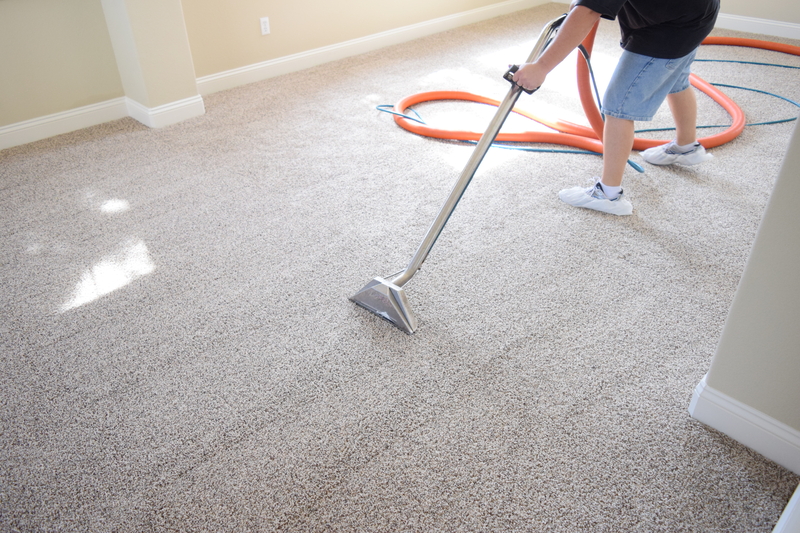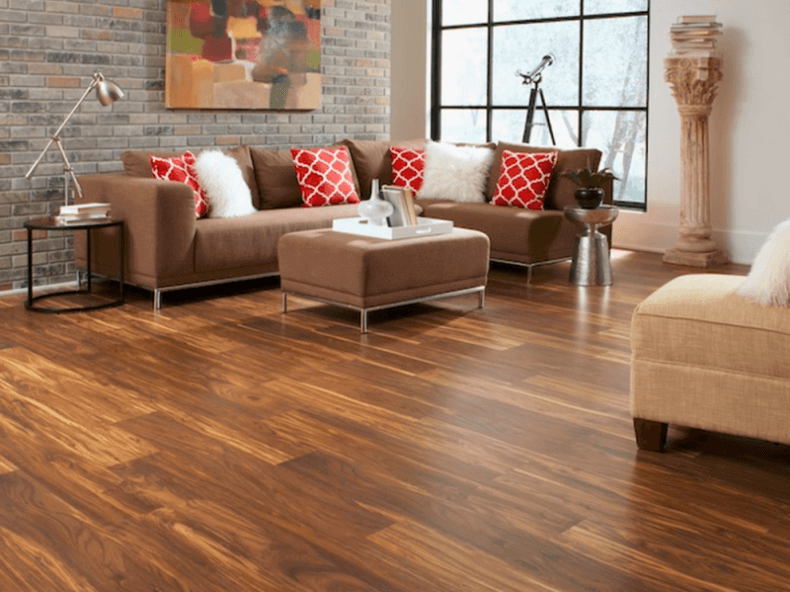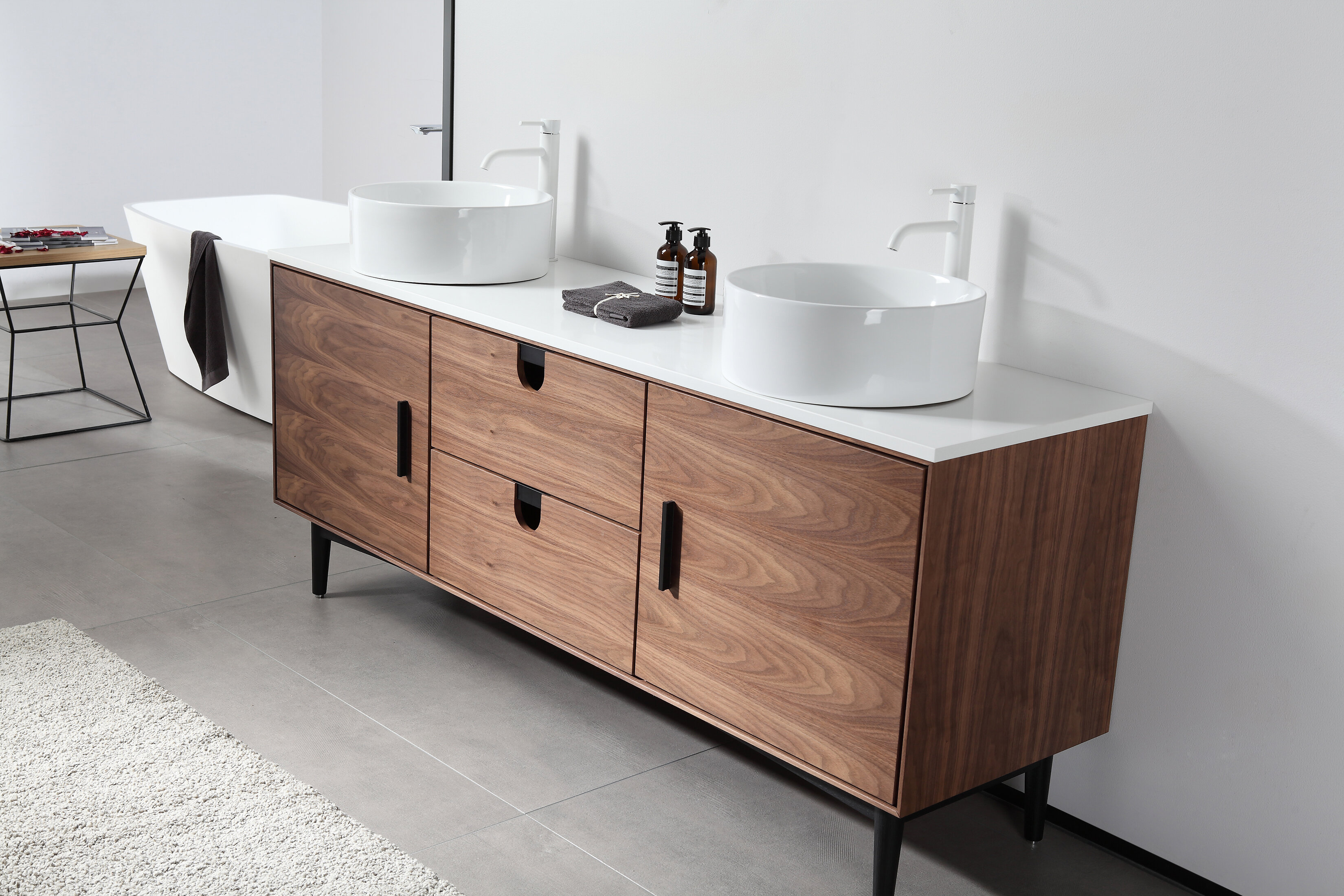Adding carpet to your dining room may not be the first thing that comes to mind when considering home renovations, but it can actually bring numerous benefits to this space. Not only does it add a touch of warmth and comfort, but it can also enhance the overall look and feel of the room. Here are some of the top benefits of putting carpet in your dining room. Comfort: Carpet adds a layer of softness and cushioning underfoot, making it a comfortable surface for dining and entertaining. This can be especially beneficial for long dinner parties or family gatherings where you may be sitting at the table for extended periods of time. Noise Reduction: Hardwood floors and tile can often create echoes and amplify noise in a dining room, which can be disruptive during meals. Carpet, on the other hand, absorbs sound and helps to reduce noise levels, creating a more peaceful and enjoyable dining experience. Warmth: In colder climates, carpet can help to insulate the room and keep it feeling cozy. This can be particularly beneficial in dining rooms that are not used frequently, as the carpet can help to keep the space warmer when not in use. Style and Design: With a wide range of colors, patterns, and textures available, carpet can add a unique touch to your dining room and help to tie the space together. Whether you want to make a bold statement or create a more subtle look, there is a carpet option to suit any design style.Benefits of Putting Carpet in Your Dining Room
As with any home renovation, there are both pros and cons to consider when deciding whether to install carpet in your dining room. Here are some of the main advantages and disadvantages to keep in mind: Pros: As mentioned earlier, carpet adds warmth, comfort, and style to the dining room. It can also be a more budget-friendly option compared to hardwood flooring. Additionally, carpet is relatively easy to clean and maintain, making it a practical choice for high-traffic areas. Cons: One of the main drawbacks of carpet in the dining room is the potential for food and drink spills. While there are stain-resistant options available, spills can still occur and may require professional cleaning. Carpet can also trap allergens and dust, which may be a concern for those with allergies or respiratory issues.Pros and Cons of Installing Carpet in Your Dining Room
When choosing carpet for your dining room, there are a few factors to keep in mind: Material: Carpets come in various materials such as wool, nylon, polyester, and more. Wool is a popular choice for its durability and natural stain resistance, while synthetic materials like nylon and polyester can be more budget-friendly options. Style and Color: Consider the overall design and aesthetic of your dining room when choosing the style and color of your carpet. A neutral color can create a more classic and timeless look, while a bold pattern or color can add a fun and modern touch. Durability: Dining rooms are often high-traffic areas, so it's important to choose a carpet that can withstand frequent use and potential spills. Look for carpets with a high density and a durable backing to ensure longevity.How to Choose the Right Carpet for Your Dining Room
While hardwood flooring may be the more traditional choice for dining rooms, there are some benefits to choosing carpet instead: Comfort and Noise Reduction: As mentioned earlier, carpet provides a softer and quieter surface compared to hardwood flooring, making it a more comfortable option for dining and entertaining. Cost: Carpet is generally more budget-friendly compared to hardwood flooring, making it a more accessible option for those on a tighter budget. Design Options: With a wider range of colors, patterns, and textures available, carpet can offer more design flexibility compared to hardwood flooring, which is typically limited to a few color and wood options.Carpet vs. Hardwood Flooring for Your Dining Room
To keep your dining room carpet looking its best, here are some helpful tips for maintenance: Vacuum Regularly: Vacuuming at least once a week can help to remove dirt and debris from the surface of the carpet and prevent it from getting ground into the fibers. Spot Clean Spills Immediately: To prevent stains from setting in, it's important to clean up any spills as soon as they happen. Use a clean cloth and a mild cleaning solution to blot the spill, avoiding rubbing which can spread the stain. Professional Cleaning: It's recommended to have your carpets professionally cleaned every 12-18 months to remove deep-set stains and dirt that may not be removed with regular vacuuming.Tips for Maintaining Carpet in Your Dining Room
If you have a busy dining room with frequent use, it's important to choose a carpet that can withstand the wear and tear. Here are some of the best types of carpet for high-traffic areas: Nylon: This synthetic material is known for its durability and stain resistance, making it a popular choice for high-traffic areas like dining rooms. Wool: While more expensive, wool is a natural material that is highly durable and naturally stain-resistant. Loop Pile: This type of carpet has tightly woven loops that make it resistant to crushing and wear, making it a good choice for high-traffic areas.The Best Types of Carpet for High-Traffic Dining Rooms
When designing your dining room, there are a few ways you can incorporate carpet into the space: Rug: If you already have hardwood flooring in your dining room, you can add a large area rug underneath the dining table to provide warmth, comfort, and style. Wall-to-Wall Carpet: For a more traditional look, you can install wall-to-wall carpeting in your dining room. This can help to create a cozier and more intimate space. Carpet Tiles: If you want the benefits of carpet but also want the option to easily replace damaged or stained areas, carpet tiles can be a great choice. They come in a variety of colors and can be arranged in different patterns for a unique look.How to Incorporate Carpet into Your Dining Room Design
When it comes to installing carpet in your dining room, you may be wondering whether to tackle the project yourself or hire a professional. Here are some considerations to keep in mind: DIY: Installing carpet yourself can save you money, but it requires the right tools and skills to ensure a proper installation. If you have experience with DIY projects and are confident in your abilities, this may be a good option for you. Professional Installation: Hiring a professional means you can relax and let the experts handle the job. They have the tools and knowledge to ensure a high-quality installation, but it will come at a higher cost.Carpet Installation: DIY vs. Hiring a Professional
The cost of installing carpet in your dining room will depend on various factors, including the type of carpet, the size of the room, and whether you choose to install it yourself or hire a professional. On average, homeowners can expect to spend between $1,500-$3,000 for a 12x12 dining room.The Cost of Installing Carpet in Your Dining Room
If you have children or pets in your home, carpet can be a practical and safe option for your dining room. Here's why: Safety: Carpet provides a soft and cushioned surface for children to play on, reducing the risk of injury from falls. Slip-Resistance: Hardwood flooring can be slippery for pets, which can cause them to slide and potentially injure themselves. Carpet provides more traction, making it a safer option for your furry family members. Easier to Clean: With children and pets, spills and accidents are bound to happen. Carpet can be easier to clean and maintain compared to hardwood flooring, which may require sanding and refinishing to remove stains and scratches. With these benefits in mind, it's easy to see why carpet can be a great choice for your dining room. It adds comfort, style, and practicality to this often overlooked space in your home. So if you're considering a home renovation or simply want to update your dining room, don't overlook the option of adding carpet to this important gathering space.Why Carpet is a Good Choice for Dining Rooms with Children or Pets
The Benefits of Carpet in the Dining Room
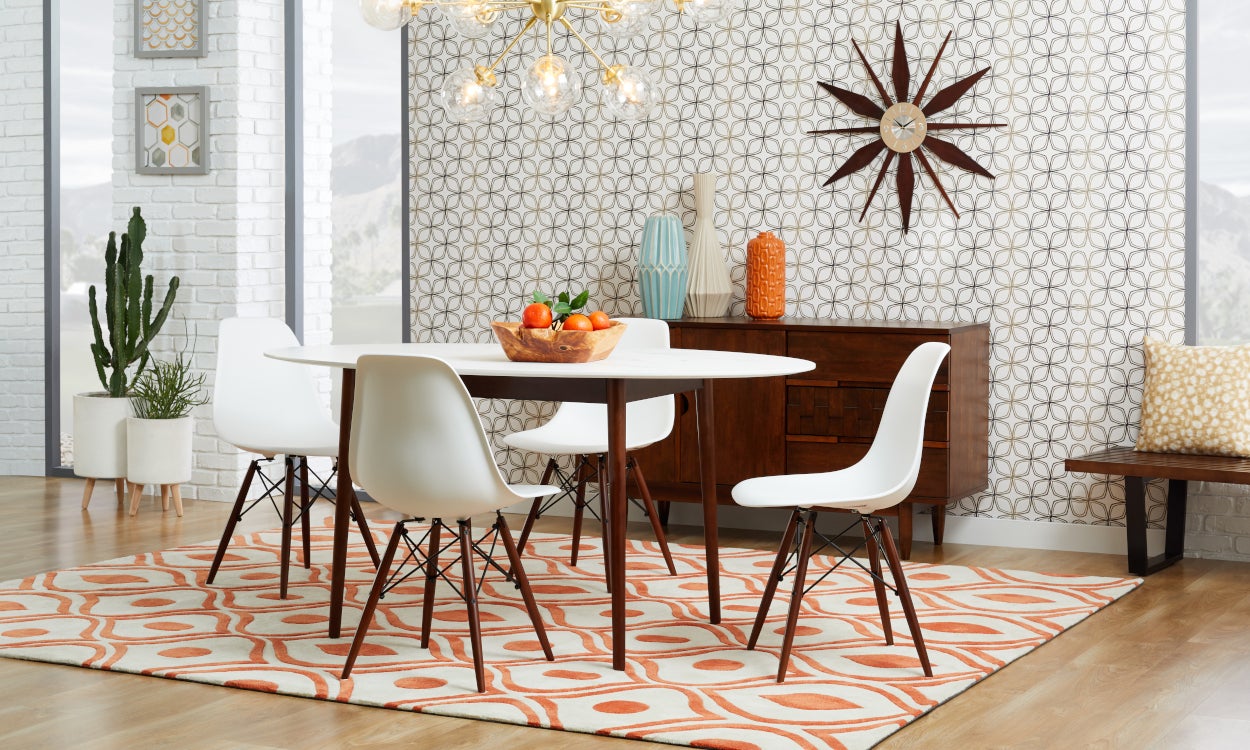
Enhances Comfort and Aesthetics
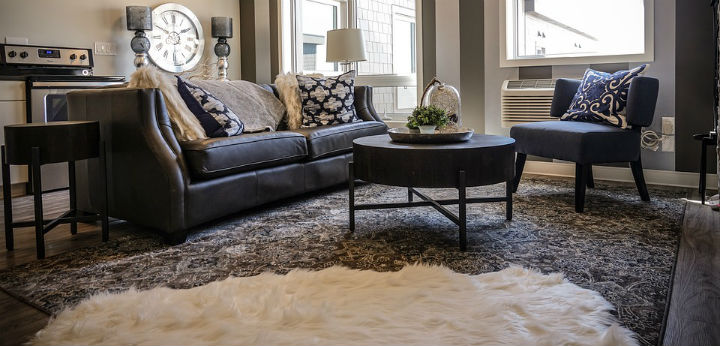 Adding
carpet
to your
dining room
can greatly enhance both the comfort and aesthetics of the space. Many people think of
carpet
as being reserved for
bedrooms
or
living rooms
, but it can also be a great addition to a
dining area
. The soft and plush texture of
carpet
provides a cozy and welcoming feel for family meals or dinner parties. It also adds a touch of elegance and warmth to the room, making it a more inviting and comfortable space.
Adding
carpet
to your
dining room
can greatly enhance both the comfort and aesthetics of the space. Many people think of
carpet
as being reserved for
bedrooms
or
living rooms
, but it can also be a great addition to a
dining area
. The soft and plush texture of
carpet
provides a cozy and welcoming feel for family meals or dinner parties. It also adds a touch of elegance and warmth to the room, making it a more inviting and comfortable space.
Improves Acoustics
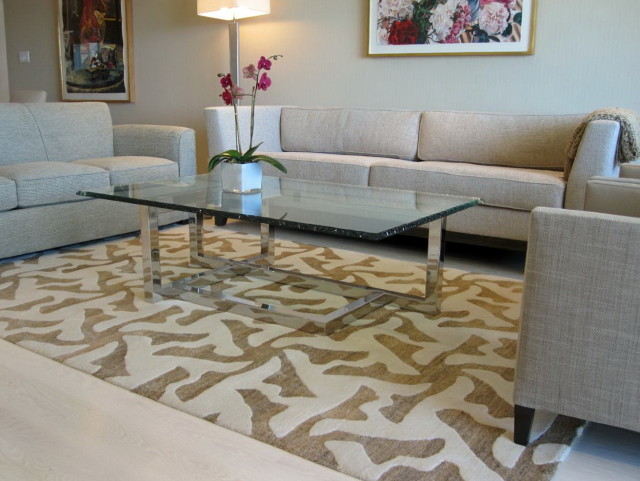 Another benefit of having
carpet
in the
dining room
is its ability to improve acoustics. Hardwood or tile floors can create a lot of noise and echo in a room, which can be unpleasant during meal times.
Carpet
, on the other hand, absorbs sound and reduces noise levels, making conversations and meals more enjoyable. This is especially beneficial in homes with open floor plans, where the
dining room
may be connected to other rooms.
Another benefit of having
carpet
in the
dining room
is its ability to improve acoustics. Hardwood or tile floors can create a lot of noise and echo in a room, which can be unpleasant during meal times.
Carpet
, on the other hand, absorbs sound and reduces noise levels, making conversations and meals more enjoyable. This is especially beneficial in homes with open floor plans, where the
dining room
may be connected to other rooms.
Provides Comfort for Children and Pets
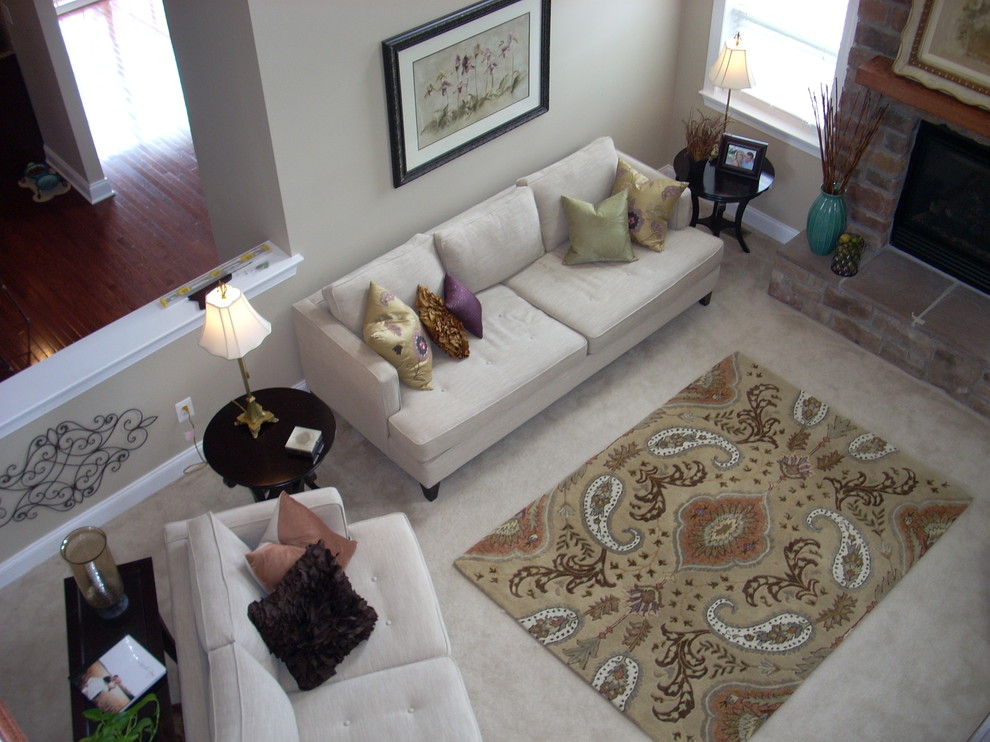 If you have young children or pets,
carpet
can be a practical choice for your
dining room
. It provides a soft and cushioned surface for little ones to play on, reducing the risk of injuries. It also makes it easier for pets to move around and lay comfortably during meal times.
Carpet
can also be a better option for pet owners as it traps pet hair and dander, making it easier to clean and maintain.
If you have young children or pets,
carpet
can be a practical choice for your
dining room
. It provides a soft and cushioned surface for little ones to play on, reducing the risk of injuries. It also makes it easier for pets to move around and lay comfortably during meal times.
Carpet
can also be a better option for pet owners as it traps pet hair and dander, making it easier to clean and maintain.
Offers Versatility in Design
/choose-dining-room-rug-1391112-hero-4206622634654a6287cc0aff928c1fa1.jpg) With a wide range of colors, patterns, and textures available,
carpet
offers versatility in design for your
dining room
. You can choose a
carpet
that complements your existing
furniture
and
decor
, or opt for a bold and statement-making
carpet
to add character to the room. Additionally,
carpet
can be easily replaced or updated, allowing you to change the look and feel of your
dining room
without major renovations.
With a wide range of colors, patterns, and textures available,
carpet
offers versatility in design for your
dining room
. You can choose a
carpet
that complements your existing
furniture
and
decor
, or opt for a bold and statement-making
carpet
to add character to the room. Additionally,
carpet
can be easily replaced or updated, allowing you to change the look and feel of your
dining room
without major renovations.
Conclusion
 In conclusion, while
carpet
may not be the most common choice for a
dining room
, it offers many benefits that make it worth considering. From enhancing comfort and aesthetics to improving acoustics and providing versatility in design,
carpet
can be a valuable addition to any
dining room
. So, if you are debating whether to put
carpet
in your
dining room
, the answer is yes – it can be a great choice for both practical and aesthetic reasons.
In conclusion, while
carpet
may not be the most common choice for a
dining room
, it offers many benefits that make it worth considering. From enhancing comfort and aesthetics to improving acoustics and providing versatility in design,
carpet
can be a valuable addition to any
dining room
. So, if you are debating whether to put
carpet
in your
dining room
, the answer is yes – it can be a great choice for both practical and aesthetic reasons.





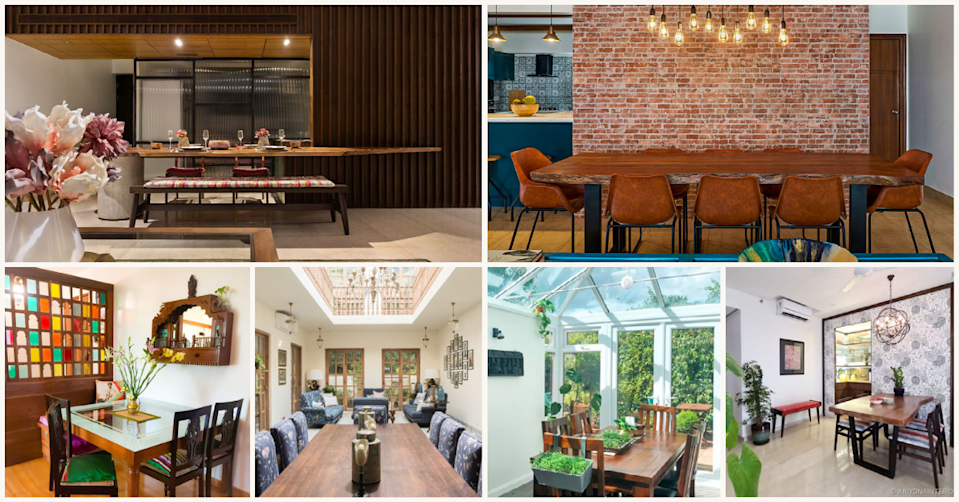
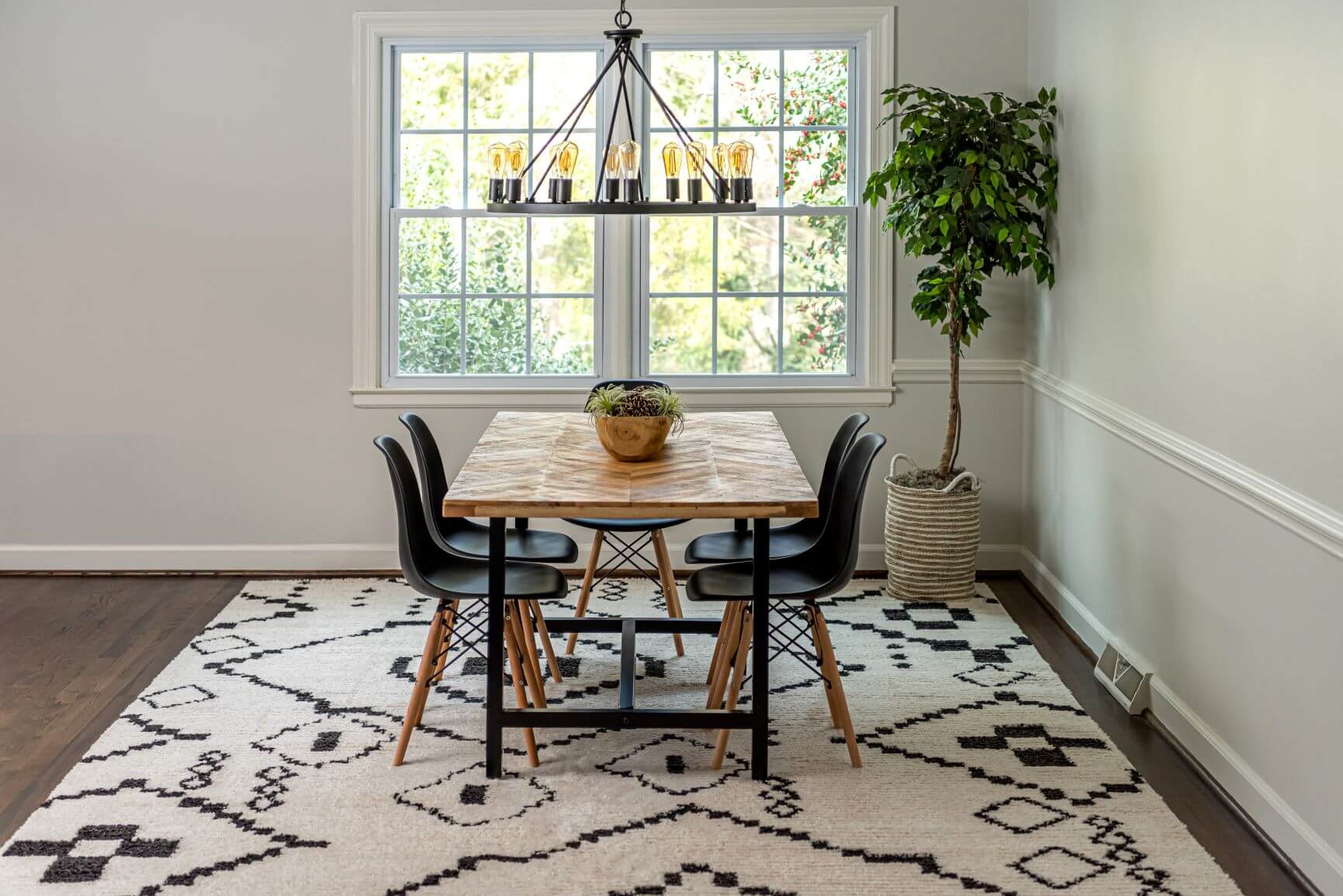








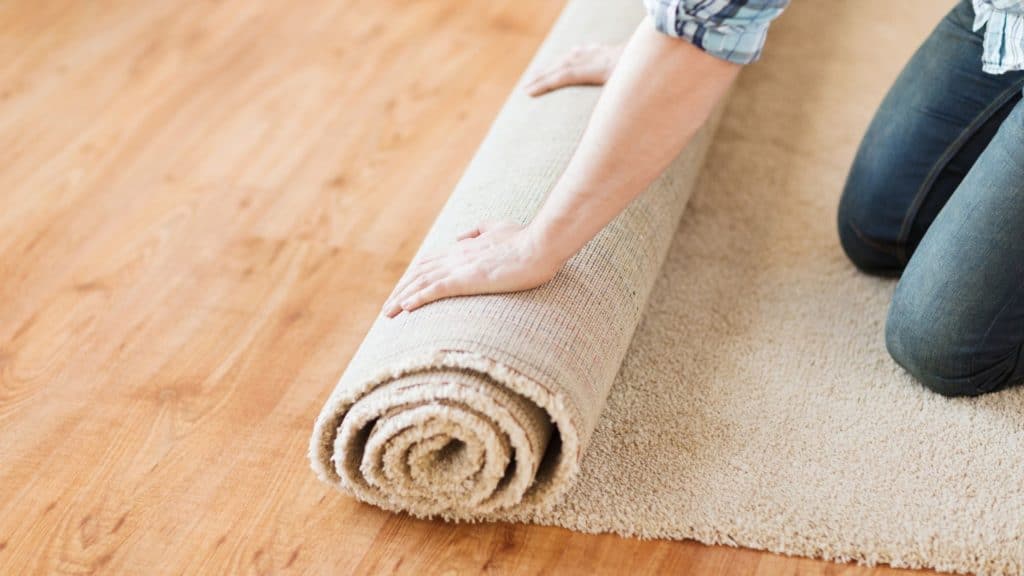



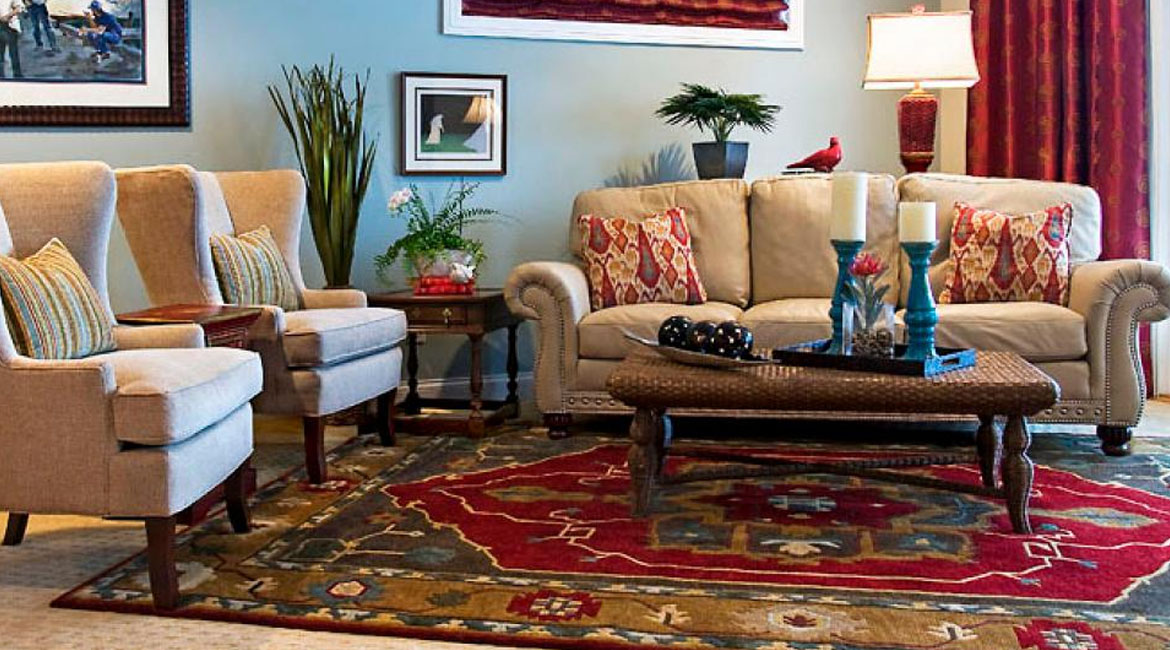
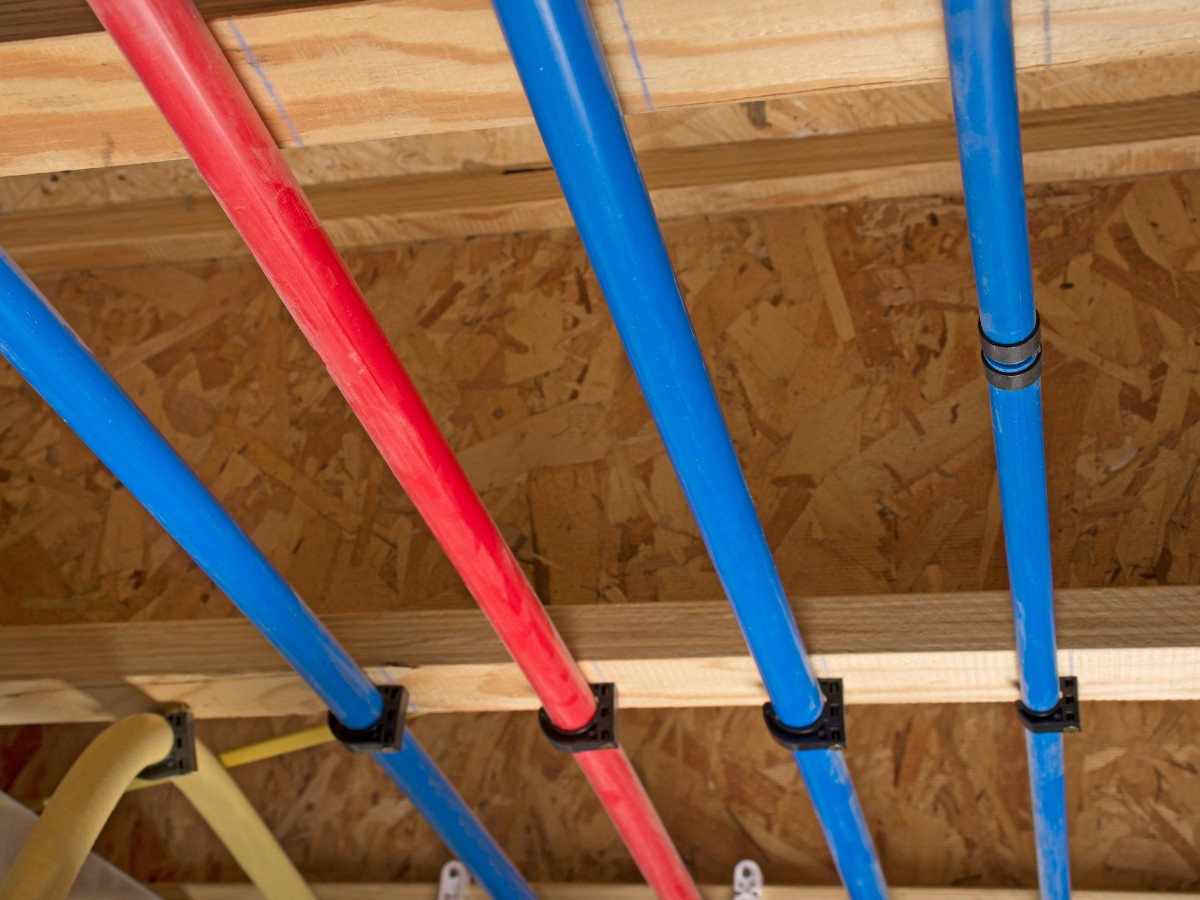



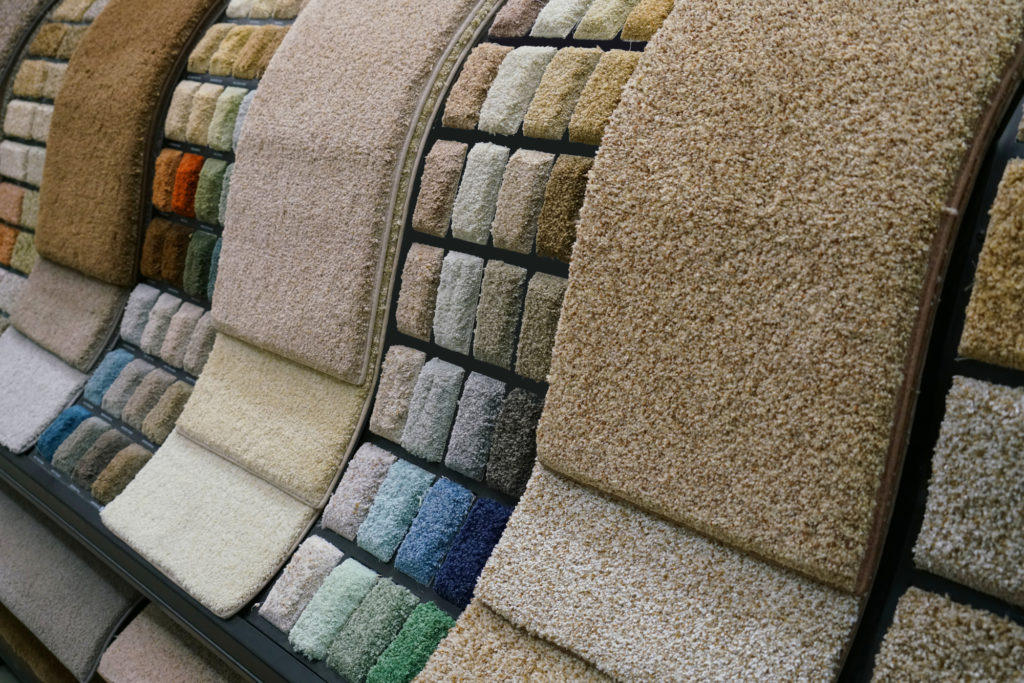
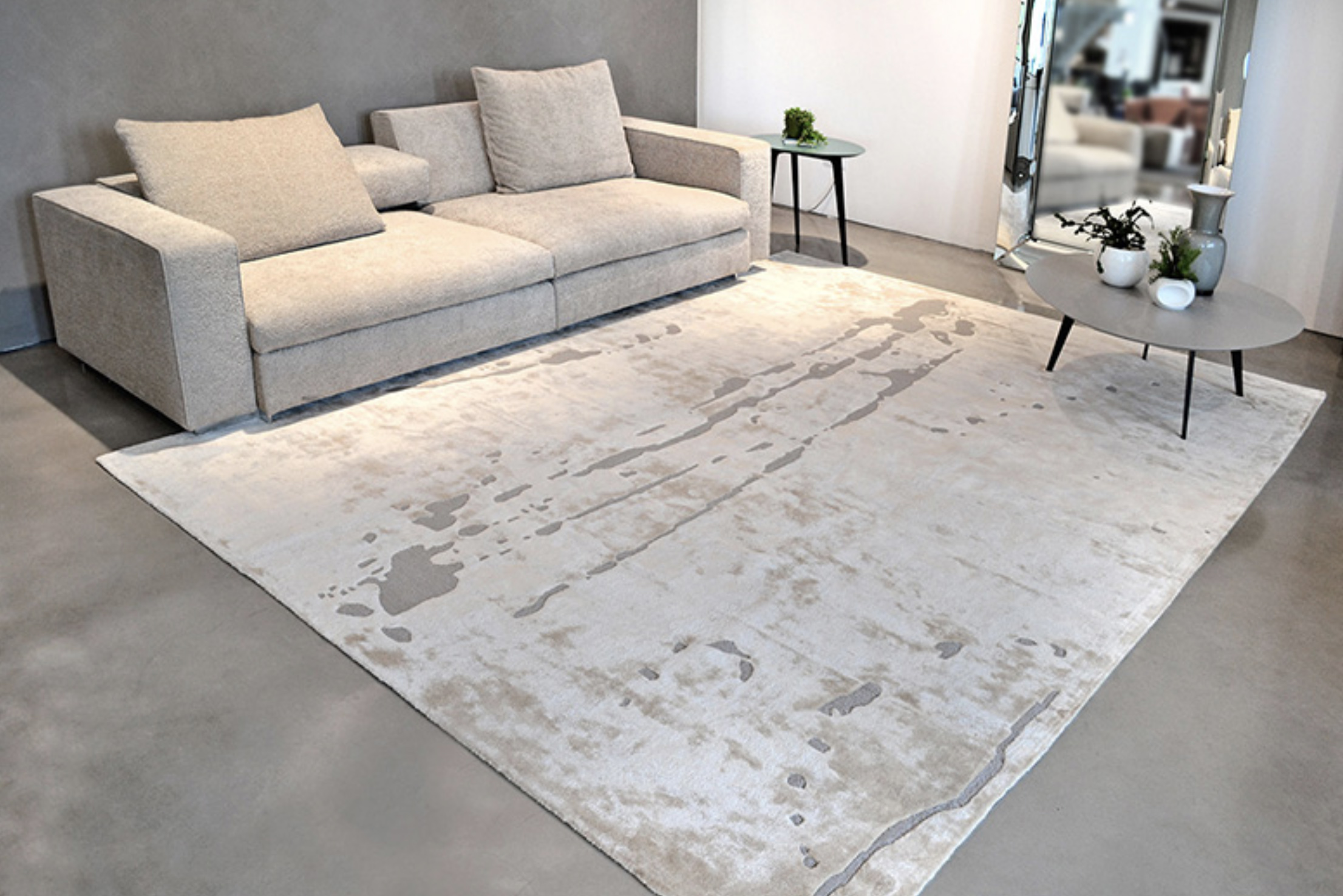

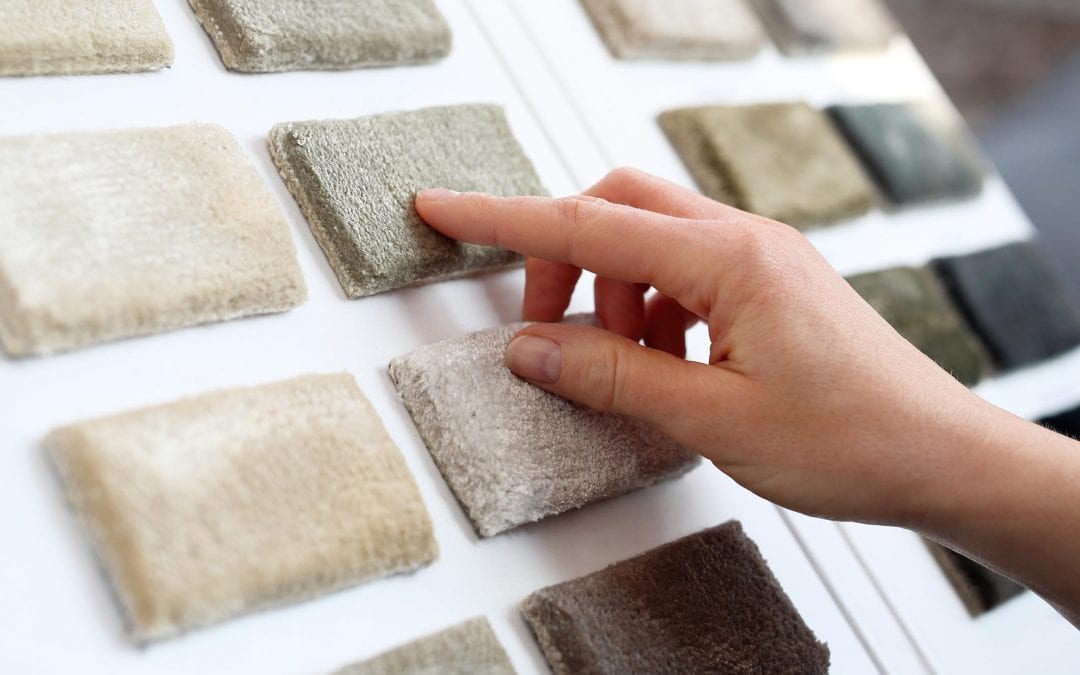
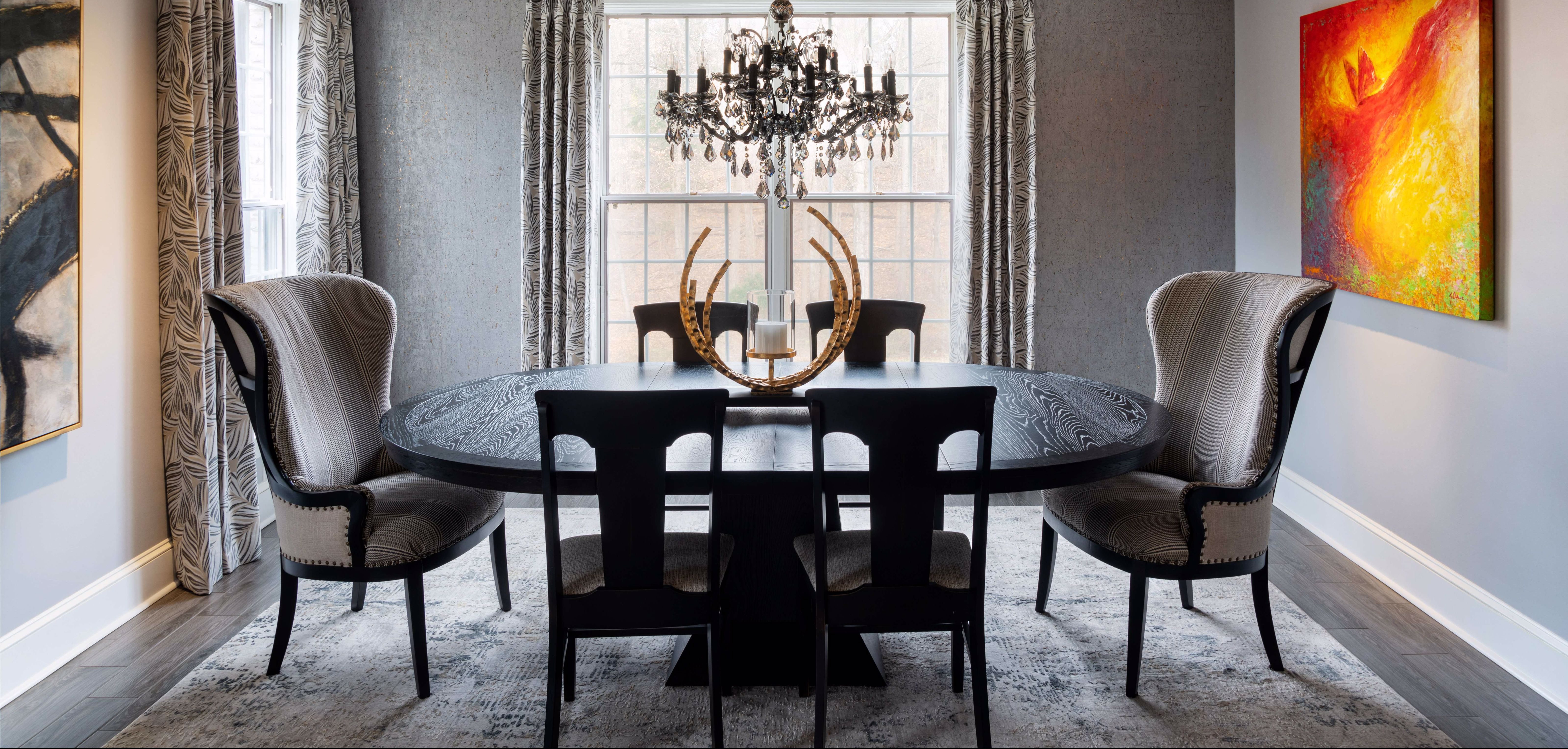


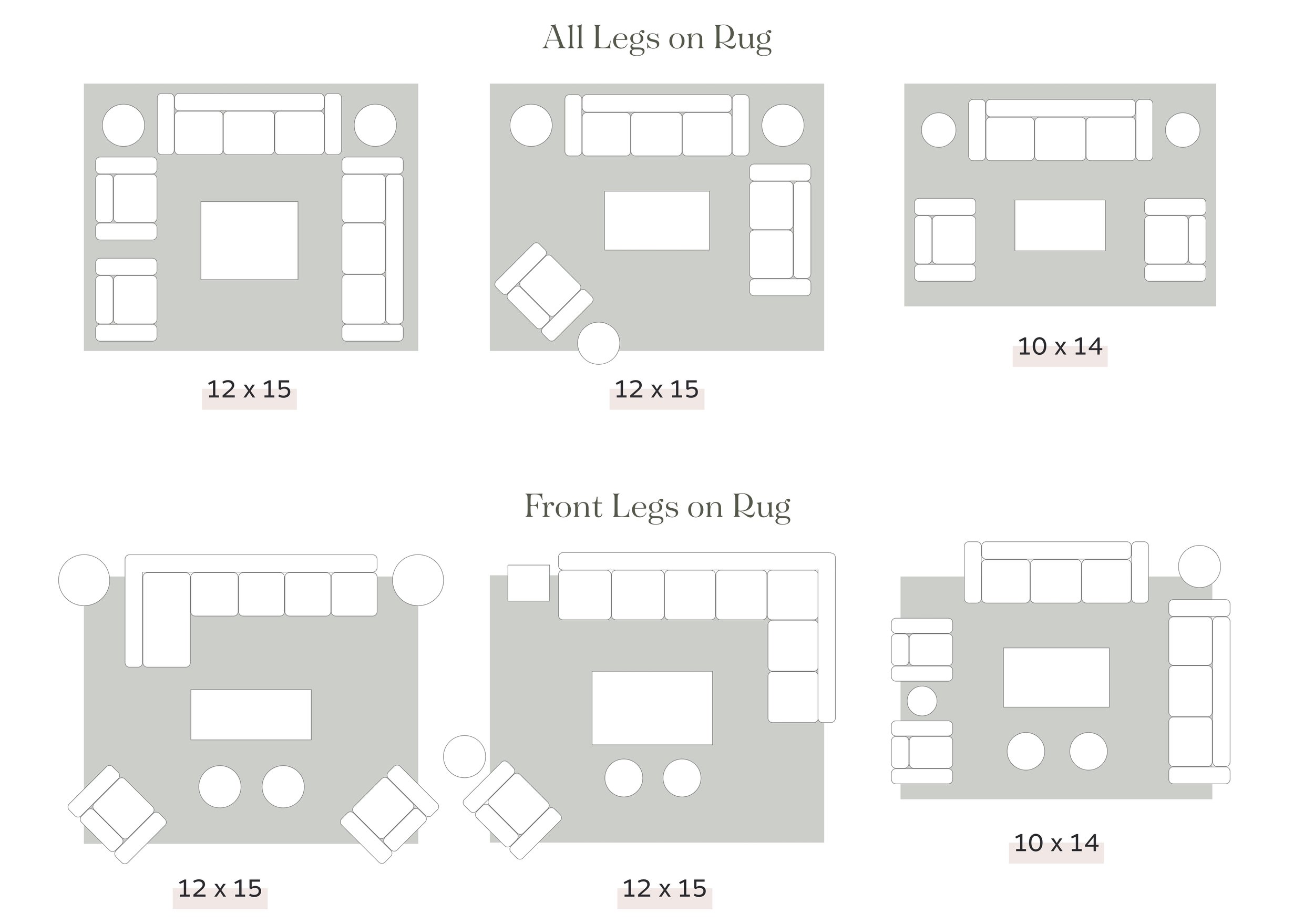




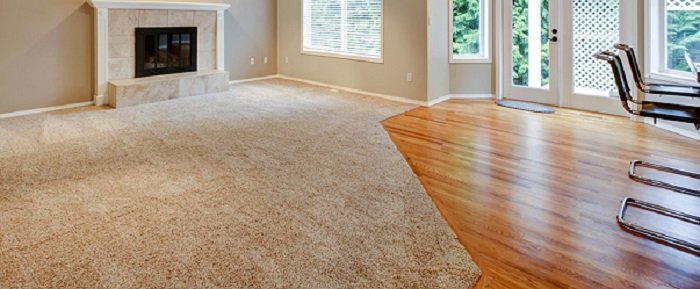
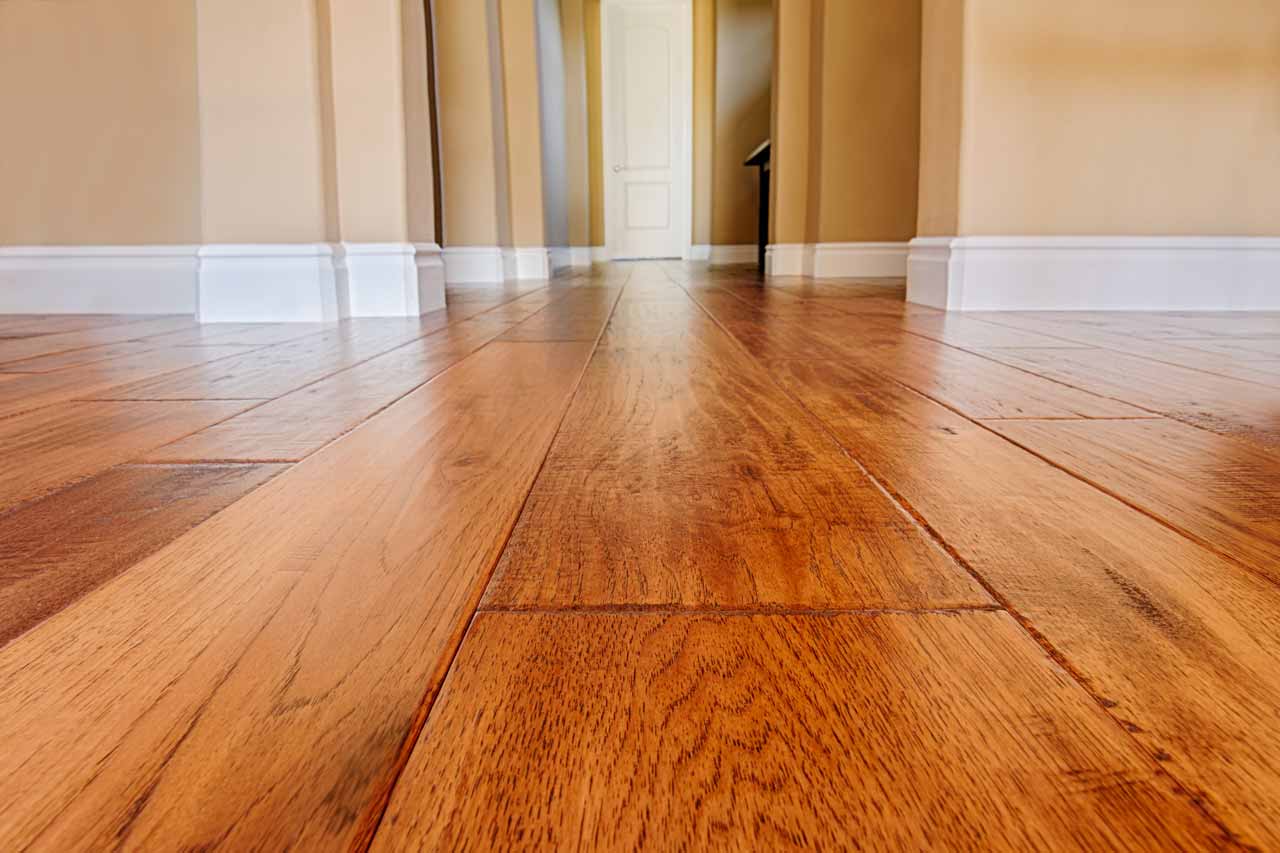
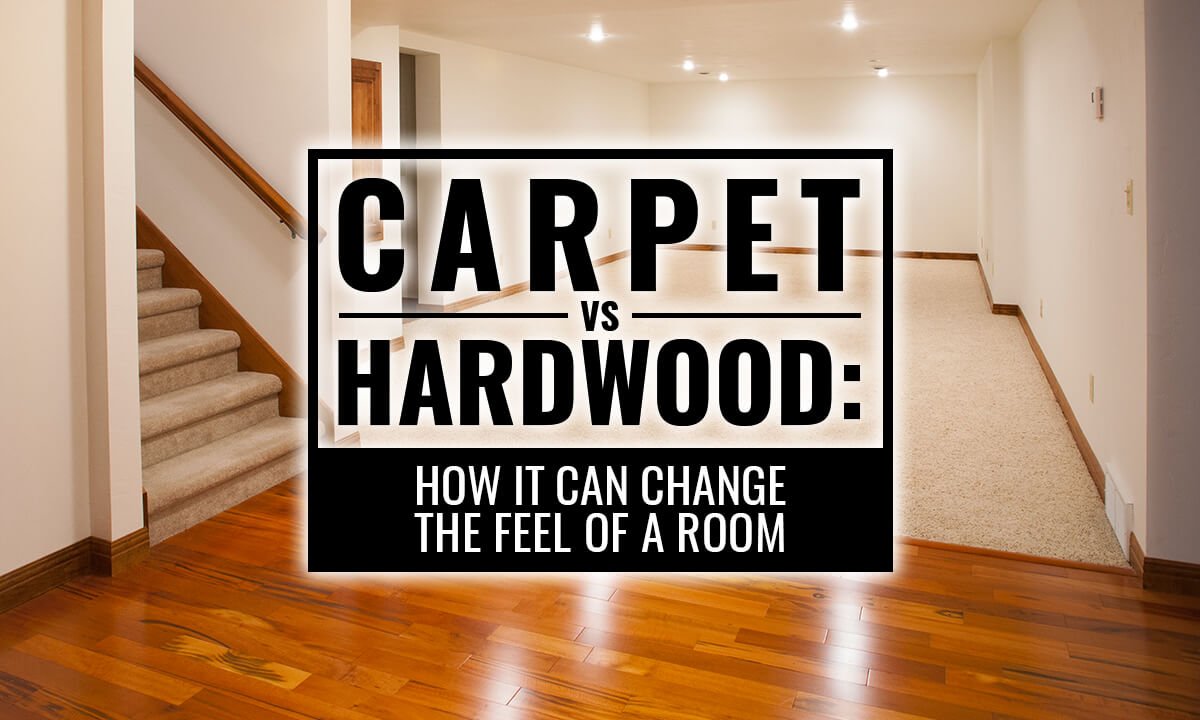


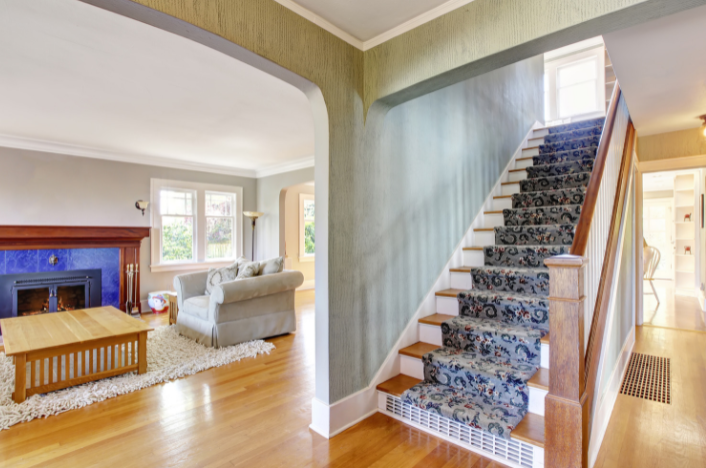




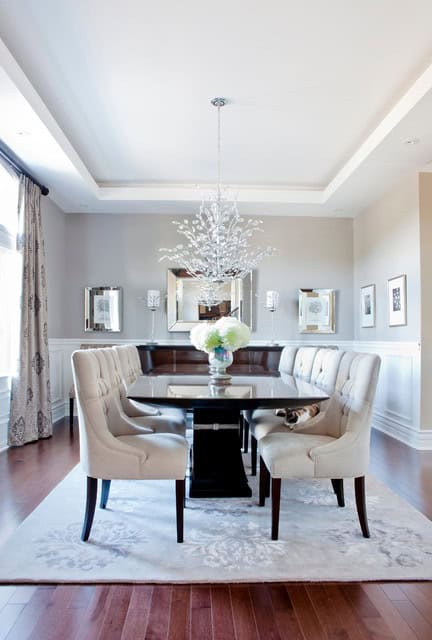



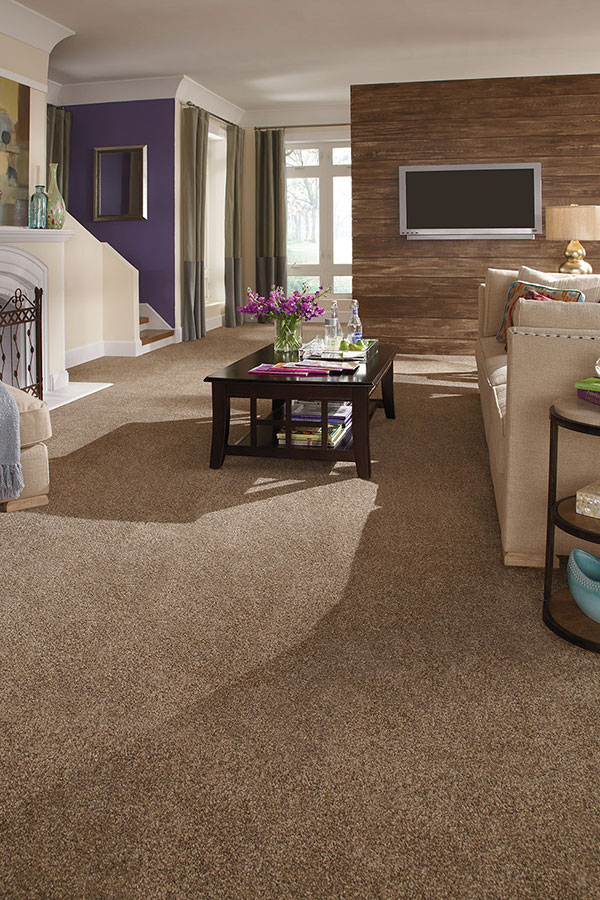

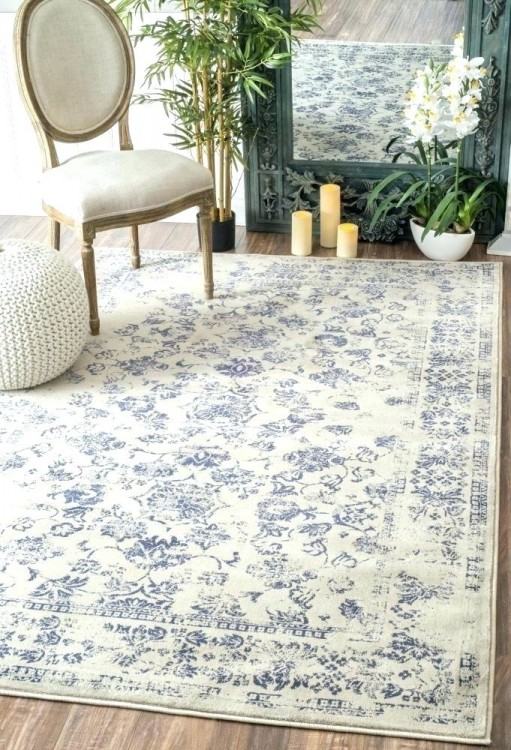
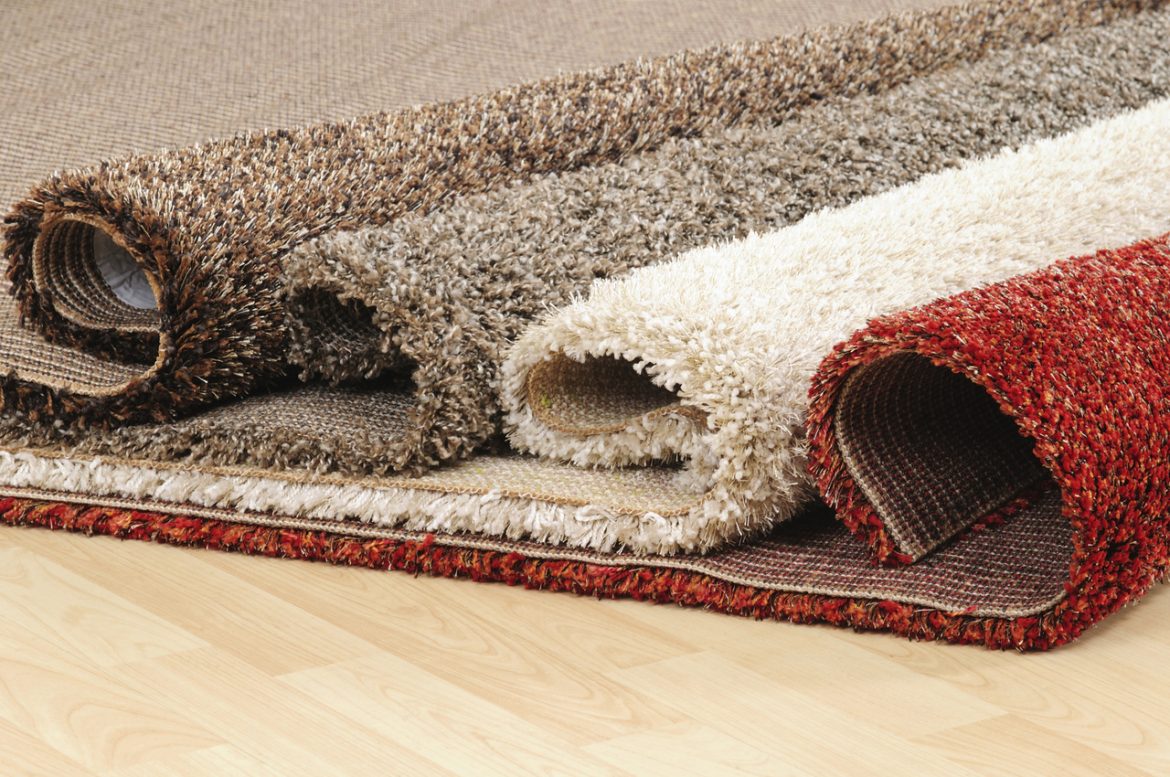


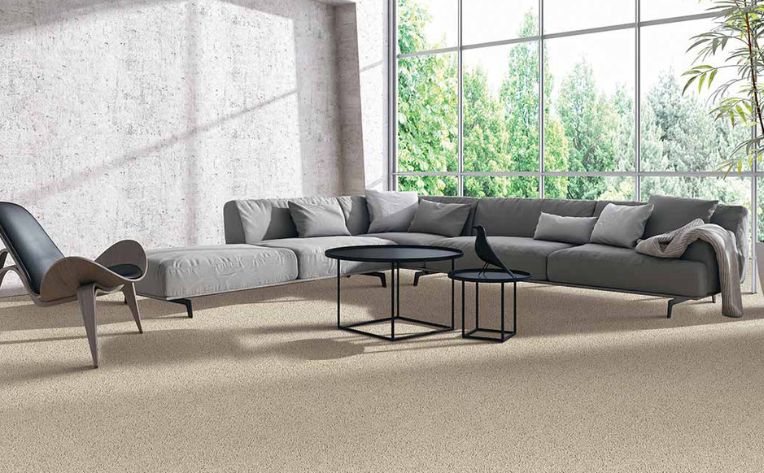






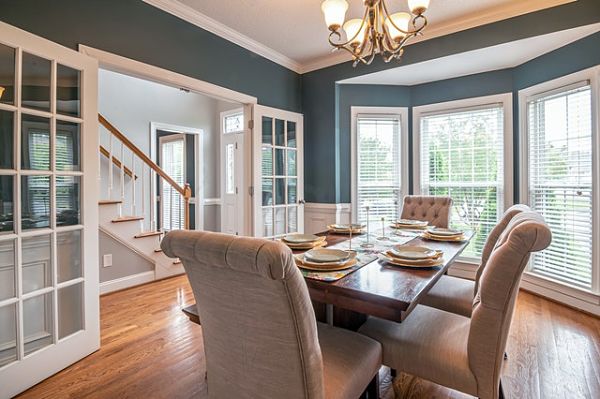



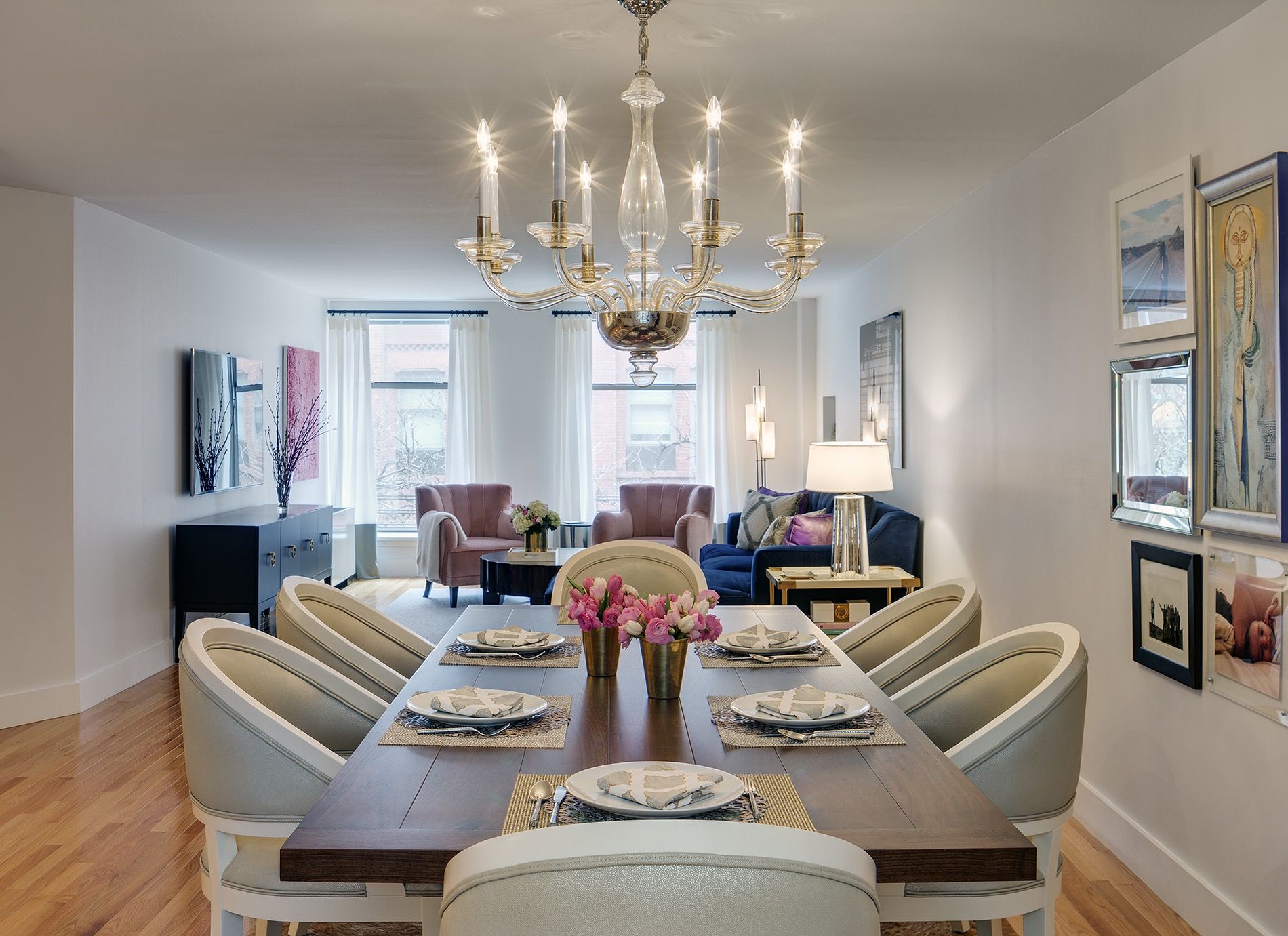
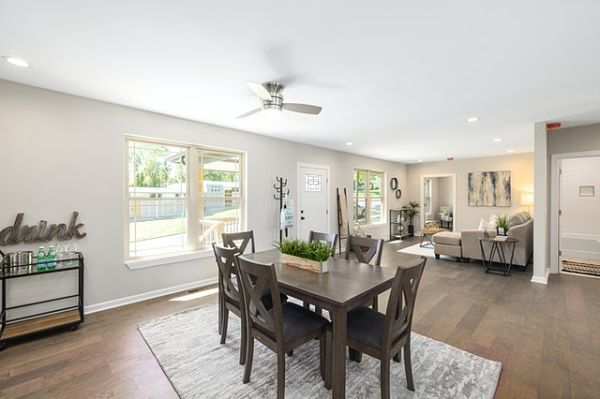



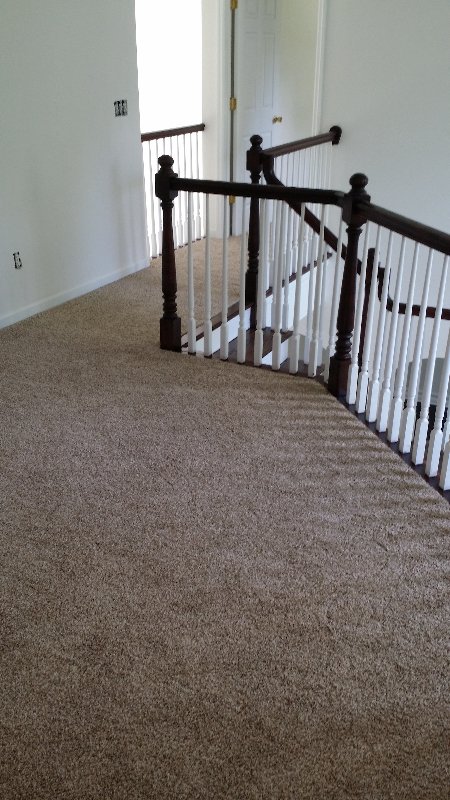
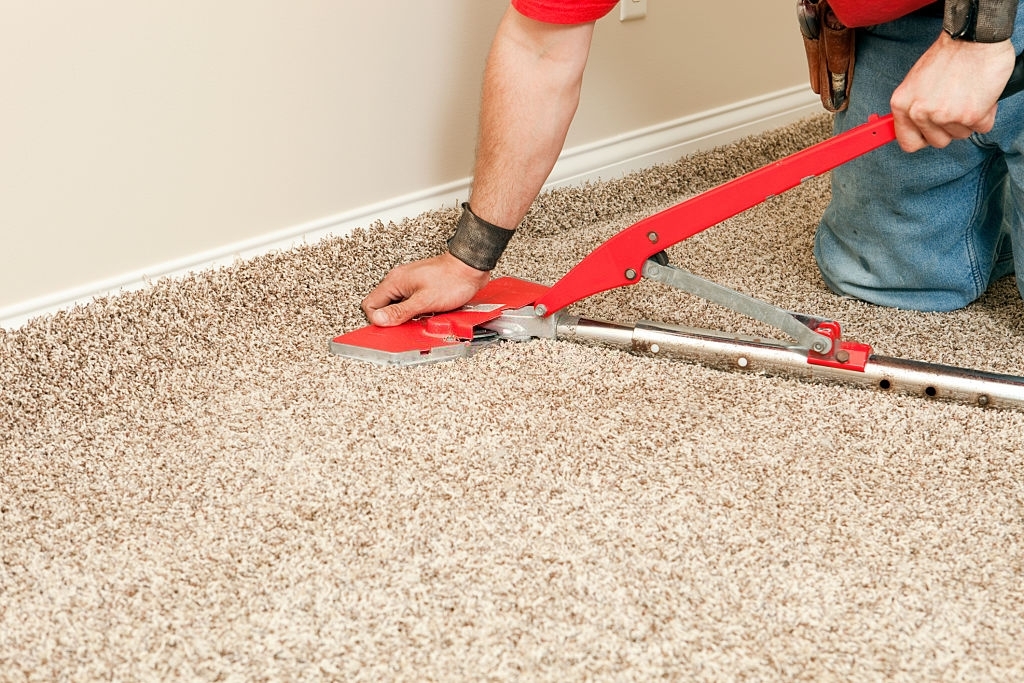


:max_bytes(150000):strip_icc()/Primary_image-243356ab67cf40db877d1e3938c28fc7.jpg)

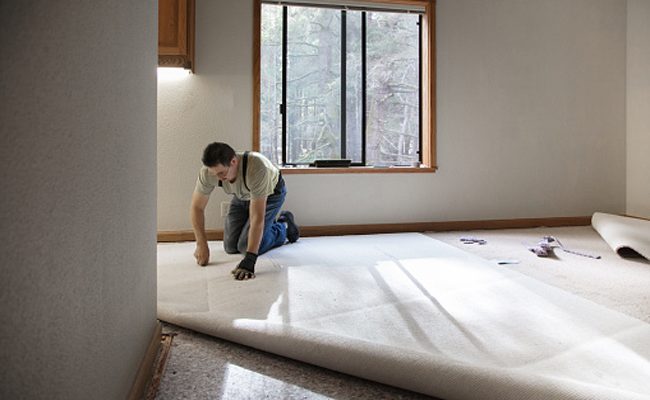


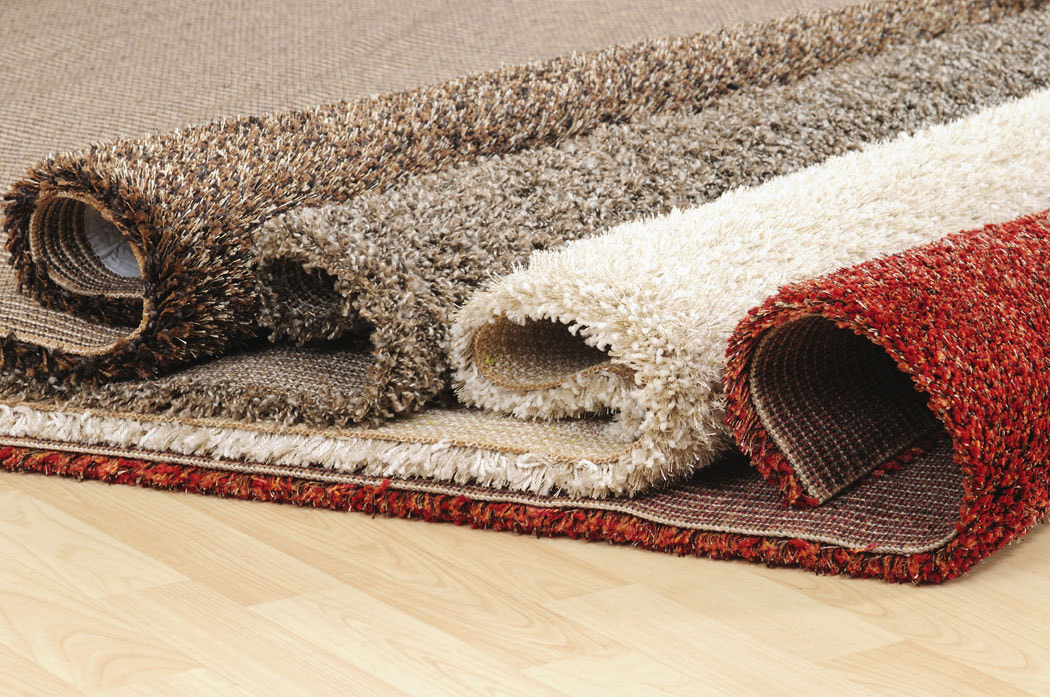

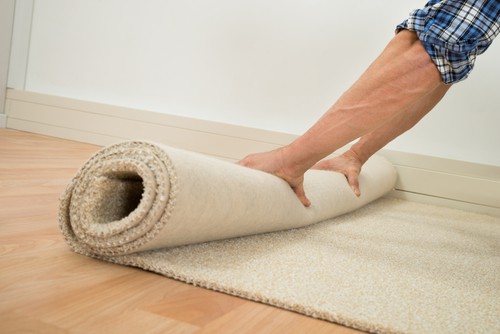
/171249739-56a49f1c5f9b58b7d0d7e0d9.jpg)
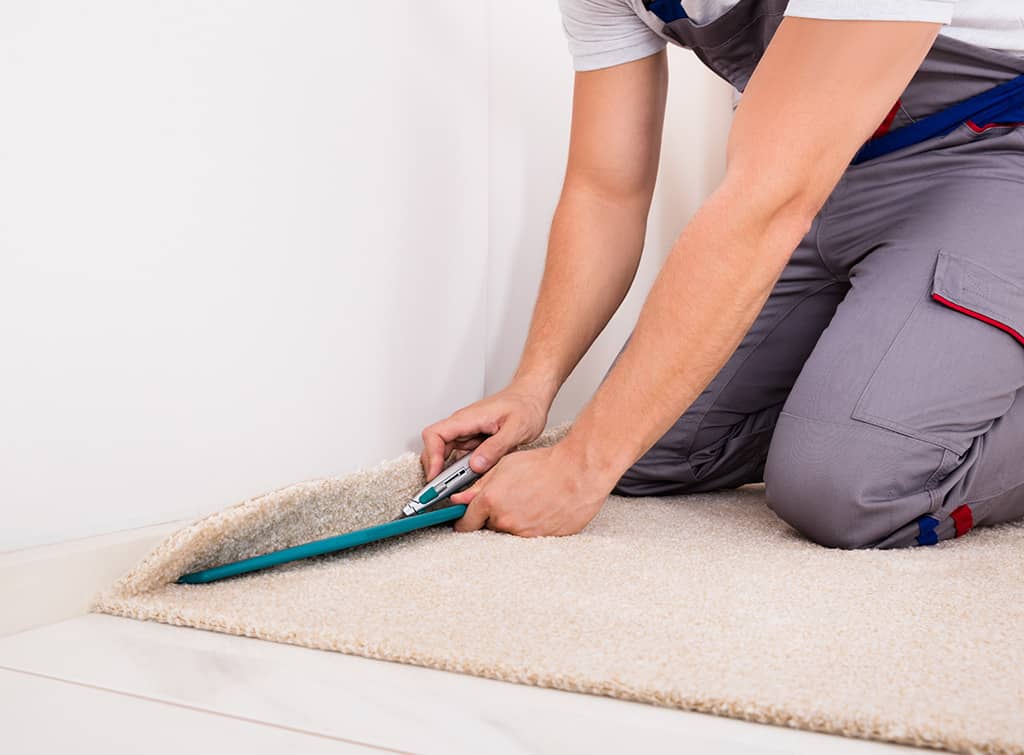







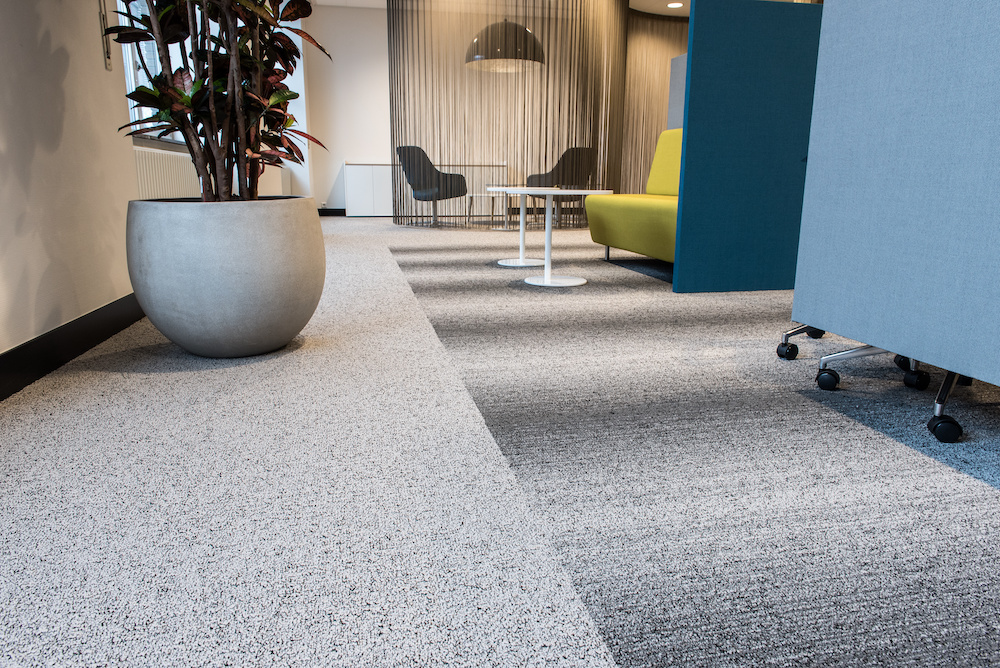

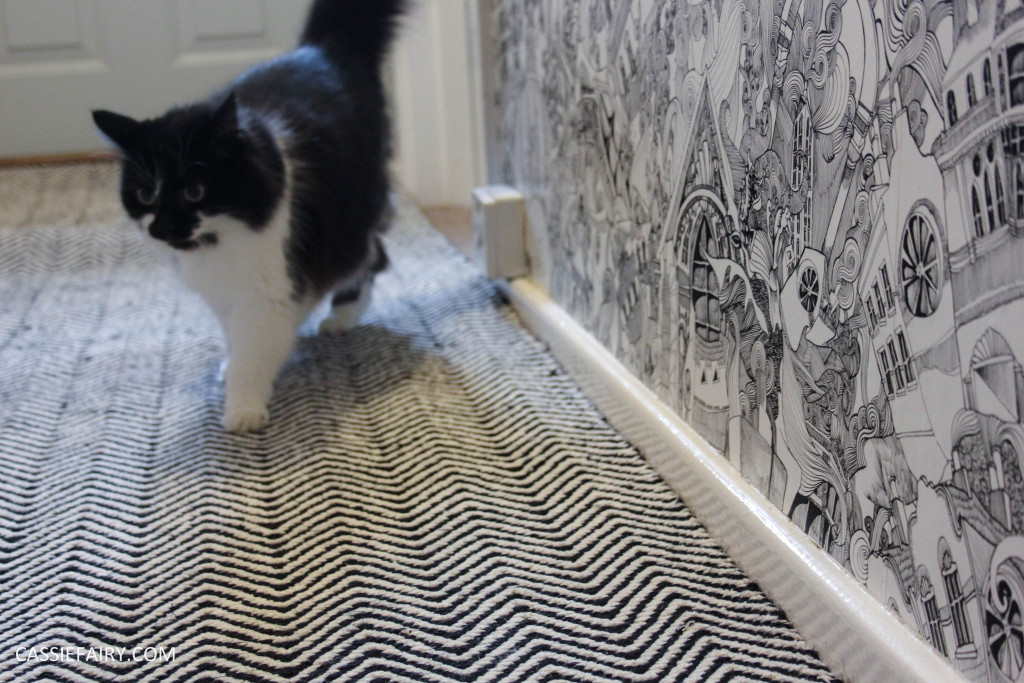

/why-carpet-is-the-best-choice-for-bedrooms-2908880_0239-3b8043d9825e4cbb9c8fbc6e18f5ee19.jpg)
